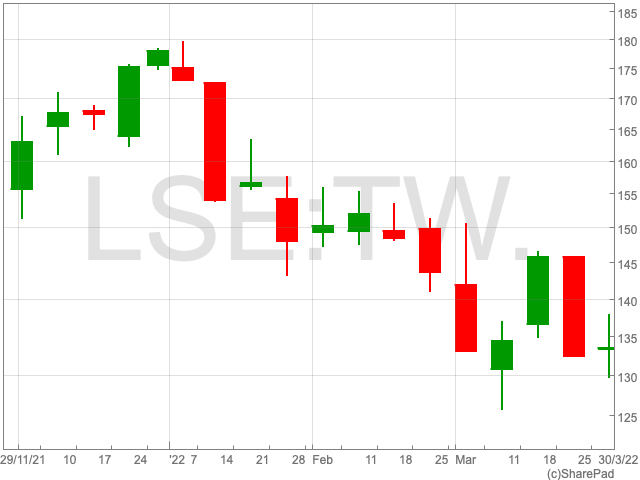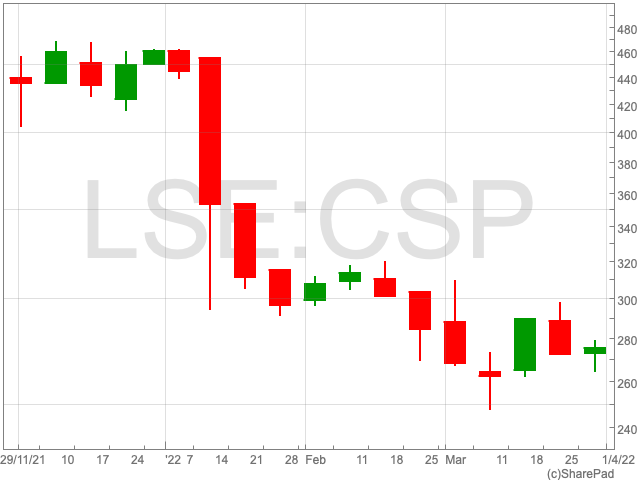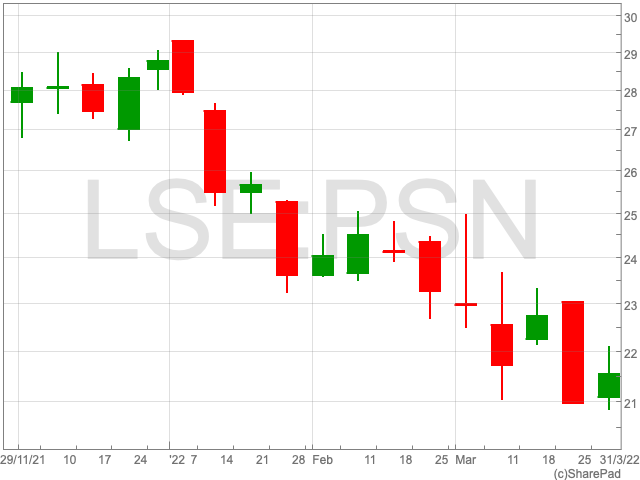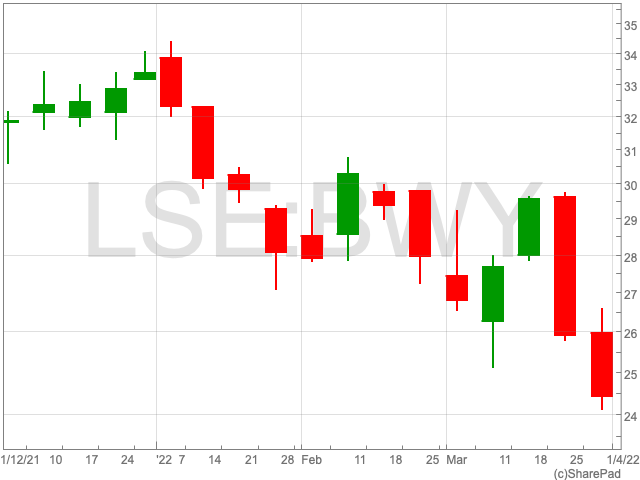UK house prices saw its fastest rise in 17 years in March, with the average house price increasing £33,000 compared to 2021, however, a number of pressures including the cost of living crisis alongside rising interest rates could deal a blow to prices in 2022.
The average UK house price rose 14% to £265,312 in March 2021, according to economists at the Nationwide Building Society.
On Thursday, the National Statistics Office announced a growth of 1.3% in the UK’s GDP, with a 6.8% fall in the household saving ratio.
It’s not breaking news that consumer spending and the cost of living are currently being impacted by rising fuel costs and inflation.
With the exception of well-off consumers, buying a home, and keeping up with mortgage payments is becoming more and more difficult. Companies such as Lloyds and Santander are trying to ease the process by introducing competitive mortgage rates, however, if interest rates continue to rise, banks will be forced to increase mortgage rates.
With the cost of living on the rise, paying off mortgages is becoming a struggle for consumers who are tackling problems associated with keeping the heat on and finding cheaper modes of transport for their daily commute. This struggle may hurt buyers’ sentiment and impact activity in the housing market.
If soaring inflation alongside increasing interest rates persists, the housing market may see a slow down in the coming year.
Mike Scott, the chief analyst at estate agency Yopa, said “[the] housing market cannot ignore the wider economy forever” resulting in a slow down but not a “significant fall” in housing prices.
Housebuilding shares
Now question is, what’s going to happen to housebuilding stocks with prices rising all over the place?
To begin with, we have to look at the consideration that margin pressures will prevail when the cost of construction increases for the property builders. With higher costs and flat or decreased revenues, the company will see a decline in profits.
When analysing property builders and their financial health, investors should look out for the strength in the company’s order book, its revenue levels, dividend yield, and factors impacting its operation and outlook for the coming year.
Taylor Wimpey
Taylor Wimpey (TW) saw an increase in revenue to £4.28bn from £2.79bn in 2020, almost reaching pre-pandemic levels of £4.34bn. The company’s pre-tax profit more than doubled from 2020 to £679m in 2021.
Despite a drop in orders from 10,685 to 10,009 in 2021, the group achieved a total of 14,302 projects, including collaborations with joint ventures, which exceeded a total of 9,799 houses in 2020.
Taylor Wimpey also saw a year-on-year increase in net cash from £545m in 2019 to £719m in 2020 and £837m in 2021. The group returned to paying a dividend from nil to 8.2p in 2021, and has a dividend cover of 2.1x. Taylor Wimpey has a forward PE of 6.9x and a ROCE of 16.7. Taylor Wimpey shares lost 24% YTD.

Countryside Properties
Countryside revenues soared 54% to £1.37bn from £892m. The property builder made an operating loss of £5.4m in 2020, however, in 2021, the company returned to profits of £71m.
Countryside held net cash of £41m, which is down from £98m during 2020. The group’s EPS has also increased from a loss of 8p to a profit of 13.8p in 2021. In 2021, Countryside Properties increased output by 33% to 5,385 homes compared to 2020.

The shares of Countryside Properties lost nearly 40% since January 2022. The group has a P/E ratio of 9.2x and a ROCE of 7.7x.
Persimmon
Persimmon reported total revenue of £3.61bn in 2021, an increase from £3.33bn in 2020, just missing pre-pandemic levels of £3.66bn in 2019.
The company said “disciplined cost control, combined with a positive pricing environment” had a positive impact on profit before tax, as it increased from £783m to £966m in 2021.
Persimmon completed 14,551 houses in 2021 compared to 13,575 with the average new house selling price at £237,078 instead of £230,534 in 2020. The group also reported current forward sales of £2.21bn since January 2022 and said that demand has stayed strong despite the cost of living rising across the globe.

The group proposed a total dividend of 235p for 2021, unchanged from 2020, with intereim dividend of 125p and a final dividend of 110p. The group’s dividend cover is 2x and has a forward P/E of 8.4x with a 25.4x ROCE. The company’s shares dropped 25% YTD.
Bellway
Recently, Bellway posted its interim results in which the company reported a 3.5% rise in revenue to £1.78bn in 2022 as a response to strong market conditions.
Bellway had an output of 5,694 houses in 2022 compared to 5,656 in 2021 due to “strong operational delivery” despite production problems. The company also saw a 5.8% rise in the overall reservation rate to 202 per week compared to 191 in 2021.
The company’s profits increased by 8.9% to £327m as opposed to £300m in 2020 as Bellway maintained cost controls and price optimisations. The group noted net cash of £195.8m which will help them invest in opportunities for growth.

Bellway increased its interim dividend to 45p compared to 35p in 2021, and the board anticipated a 3x dividend cover with respect to underlying earnings. However, the company plans to reduce that coverage to 2.5x to assist in obtaining more growth opportunities through investments.
Bellway’s forward P/E ratio is 6.1x and ROCE is 14.5x with a dividend yield of 4.8%. Bellway’s shares dropped 26% since the start of 2022.
In general, it seems that property builders are optimistic about the future with them confident about sales for 2022 and are showing a propensity to invest in additional land. Going forward, I think despite consumer spending taking a hit, and potential market volatility, home building stocks will provide long-term investor value.
